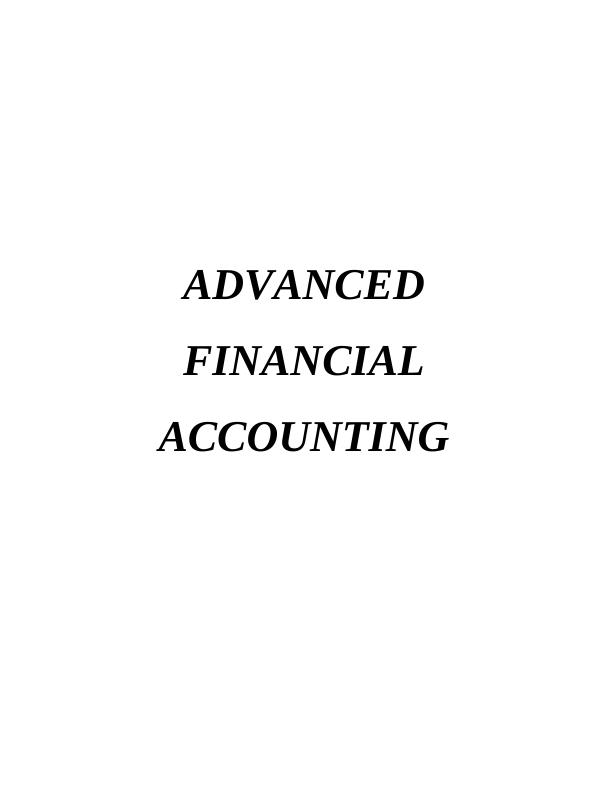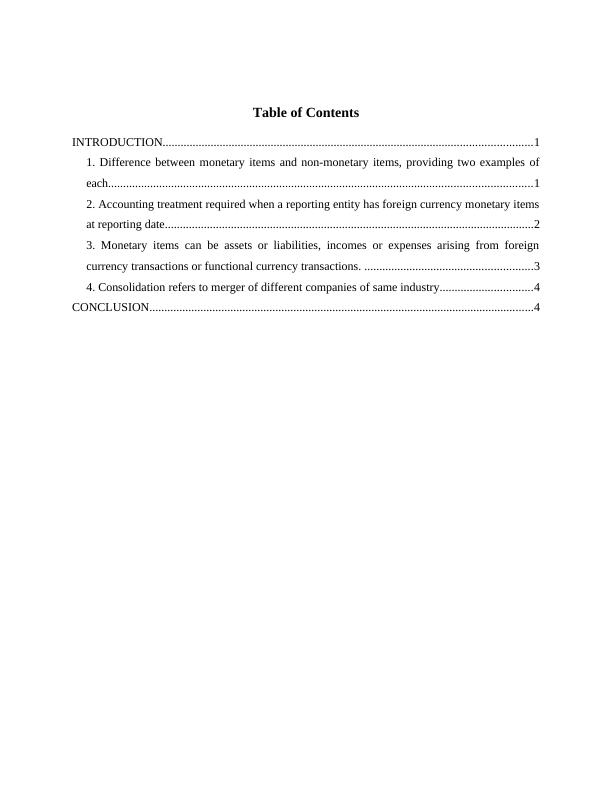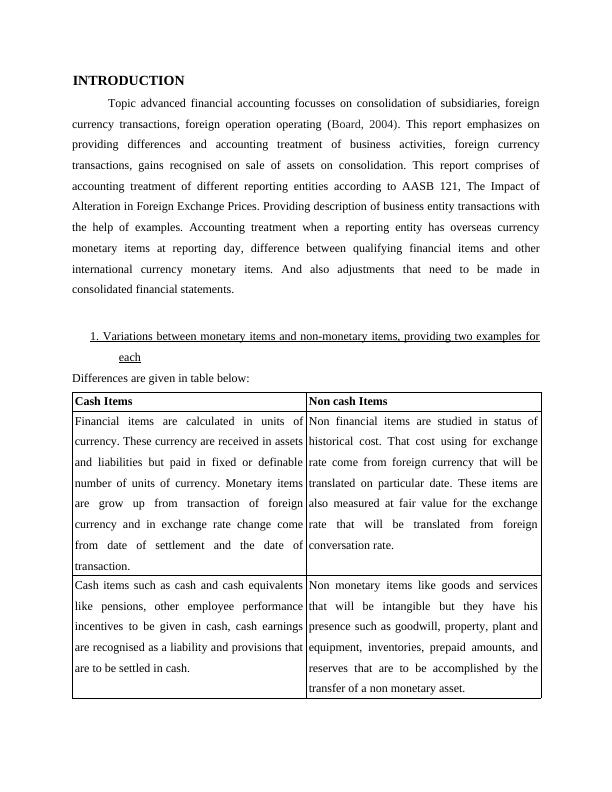Advanced Financial Accounting Doc
Added on 2020-12-09
7 Pages1841 Words257 Views
End of preview
Want to access all the pages? Upload your documents or become a member.
Advance Financial Accounting: Monetary vs Non-Monetary Items, Foreign Currency Treatment, Consolidation Gains
|7
|1465
|251
Advanced Financial Accounting Assignment Solution (Doc)
|7
|1692
|106
Advanced Financial Accounting Assignment PDF
|8
|2223
|192
Foreign Currency Transaction
|6
|756
|63
Translation Process of Bunnings (NZ) Ltd in the Consolidated Financial Statements of Wesfarmers Limited
|5
|985
|295
Accounting for Corporate Structure | Assignment
|13
|1684
|95



